I'm building an autonomous boat which will contain solar panels for its energy needs. The current prototype contains a 20W solar panel. All the electronics work great so it's time to scale up. The next prototype I'm working on will contain a 100W solar panel and the final version 200W of solar panels.
I'm currently using this INA219 power sensor:
It works great and I would like to continue to use it. However I don't think the sensor will be able to handle the increased amounts of energy I'm going to receive from the solar panels. I just tested running about 50W through the sensor (12V x 4A) for about 20 seconds and it heated up really quick.
Over on this page at Adafruit I read that their version "can measure up to ±3.2 Amps". I presume the version I have will be able to handle the same or less. Furthermore, the page at adafruit says:
Advanced hackers can remove the 0.1 ohm current sense resistor and replace it with their own to change the range (say a 0.01 ohm to measure up 32 Amps with a resolution of 8mA)
Although I wouldn't call myself an "advanced hacker" (which should be obvious from me asking this question) I guess this is what I need to do. So first things first. Is this the part that they're talking about replacing (the current sense resistor)?
So as far as I understand this R100 means it's 0.1 ohm resistance. So I need one which says R010 like for example one of these: https://www.aliexpress.com/item/32847907759.html
Would one of those be enough and can I simply replace it using my soldering iron? Do I need a certain specific size or do these always have a "standard size"? And most importantly; will changing this out with the R010 prevent the sensor from heating up like it does now? (it actually hurt my finger)
Are there other things I'm missing here? All tips are welcome!


